Professional fabric design calls for both artistic ability and in-depth familiarity with textiles. An appreciation for aesthetics isn't enough to succeed in the garment sector; knowing how a print will react on a certain fabric is equally essential.
Many fashion companies rely on a unique print or surface pattern as a means of brand recognition, making textile design a crucial aspect of the manufacturing process.
Every level of the fashion industry, from mass production to haute couture, makes use of surface design in some capacity. If a clothing manufacturer wants to go out into new markets and create really one-of-a-kind products, it would do well to retain the services of a textile designer.
Who is a textile designer?

A textile designer is someone who produces patterns for textiles including fabric, wallpaper, and upholstery. They come up with blueprints that may be used for either limited editions or mass production. Small businesses often forego this design approach because of cost considerations.
However, if you spend money on custom design work for your company, you'll stand out among the hundreds of generic designs that flood the consumer market.
In-Depth Knowledge of Textile Design
The Fibre Making Process

Cloth is nothing more than the sum of its fibers. They may be put together in a variety of configurations to provide the desired toughness, longevity, aesthetic, and tactile qualities. It's possible for fibers to come from several sources. However, they may be broken down into four distinct types. With the exception of silk, the length of most natural fibers is typically measured in centimeters and is rather short. In contrast, the lengths of silk and synthetic fibers may extend into hundreds of meters or even kilometers.
Plants including cotton, linen, hemp, and bamboo are often mined for their cellulosic content, which is then used to create textiles. However, cellulose from practically any plant is suitable for this use. Cotton, the most popular plant fiber, requires a lot of water and labor to grow. If cotton is not grown organically or under strictly regulated sustainable circumstances, it has a huge negative effect on the environment. This is because it requires a lot of water, herbicides, pesticides, and fertilizers.
In this respect, wool and silk are the most popular fibers to use. However, the wool may be obtained from many different kinds of animals. Insecticides and pesticides stop diseases that would otherwise speed growth and increase wool production in animals. Sheep are often dipped in a mixture of synthetic pyrethroid and organic phosphates to control parasites.
The cellulosic raw material is most typically wood pulp, which is then processed into synthetic fibers like viscose and lyocell. They undergo a chemical process before the newly harvested fiber is spun. Converting wood pulp into fibers is an intensive process that requires a lot of energy, water, and sometimes dangerous chemicals.
By polymerizing monomers, feedstocks derived from fossil fuels are transformed into synthetic fibers. Many different permutations are feasible because of the wide variety of monomers available from the synthetic feedstock. Polyester, polyamide, polyacrylic, and aramid are the most widely used synthetic fibers. In addition, several other chemicals may be utilized in the process, all of which are determined by the monomer that is used to create the fiber.
Textile manufacturing

The manufacturing of fabrics is a vital part of the textile business. Weaving, knitting, and the creation of non-woven materials are just a few of the many methods used to create textiles. It is essential to reinforce the yarn and lower friction throughout these processes to prevent the yarn from breaking. As a result, lubricants and sizing agents are used.
Pre-treatment

Materials like fibers, yarns, and textiles may be used in pre-treatment operations. The material may then be processed further once it has been primed to take on functional chemicals and colors. Progress is made in stages. The kind of fiber or fiber blend used, as well as any planned post-processing, might affect which steps must be taken before the fabric can be utilized. On occasion, pre-treated materials may be made for use in the garment-dyeing process.
Among the most frequent methods for chemically treating cloth are:
- After surgery or other procedures have been performed on the fabric, it is washed and cleaned thoroughly.
- The warp threads of a de-sized woven fabric have had the sizing chemicals washed out of them.
- Cotton seeds, husks, and natural fibers are scoured to remove fatty waxes and greases.
- Whiter fibers after bleaching make dyeing much less of a chore. This process also increases the absorbency of the fibers.
- Cellulosic fibers improve in durability, sheen, and color absorption with aging. As a result, fewer colors may be required.
- Carbonized wool has had any remaining plant matter, such as empty seed pods, cleaned out.
Coloration and printing process

Dangerous chemicals and colorants are utilized in the dying and printing processes. When using printing dyes, the same fixing and washing procedures as when dying must be used. Pigment prints, which bond pigments to a surface with polymeric resin or a binder, are the most popular method for printing a fabric across its full width.
Plastisol is often used for clothing printing. Alternatives to the PVC-based paste, which may contain harmful chemicals like phthalates, include acrylic and polyurethane.
Spinning together fibers of various colors, such as viscose, and wool may create fiber blends. Screen or transfer printing can also be used to imprint a design on a garment or manufactured textile product, but full-width printing is done on pre-treated materials. Alternative methods of printing include digital methods.
There are a number of other printing techniques out there, such as discharge printing and resist printing with dyes and chemicals. The excess dyes and stains can only be removed by washing.
Epilogue
Fabriclore aspires to deliver entire textile production solutions to fashion producers, whether they sell their things online or offline through social media, small enterprises, or major stores. The company aids clients in finding reliable fabric manufacturers using social media and then coordinates the whole manufacturing process, from sourcing fabrics to arranging for product samples and ensuring high-quality control before shipping. By using social media for business purposes, companies may save valuable time in the manufacturing process.
FAQ
What are the skills needed for textile design?
A keen sense of color, texture, fabric, and pattern exceptional attention to detail a passion for fashion and textiles, as well as an awareness of trends and materials knowledge and expertise with various textile processes and methods, are the few skills needed for textile design.
What are the principles of textile design?
Balance, proportion, emphasis, and rhythm are all important aspects of design. When a piece of clothing or an ensemble uses cohesive design elements and principles, it is said to have achieved harmony.
What work do textile designers do?
Creative concepts and finished textile products are the work of textile designers, who also do the planning, development, and production work. They come up with the original concept, sketch it out, gather swatches and samples of potential fabrics, and oversee production.
We also happen to be a magnet for suggestions, and would love to catch yours….throw us yours on hello@fabriclore.com

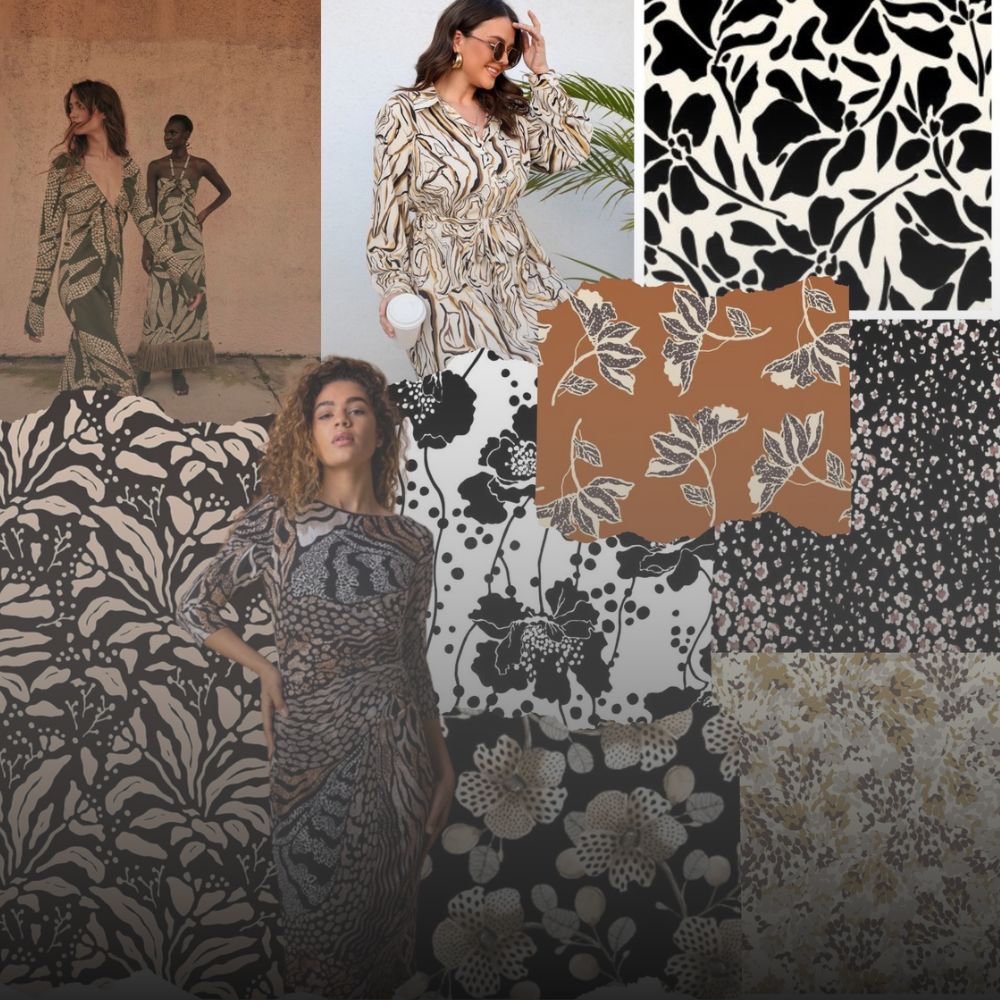
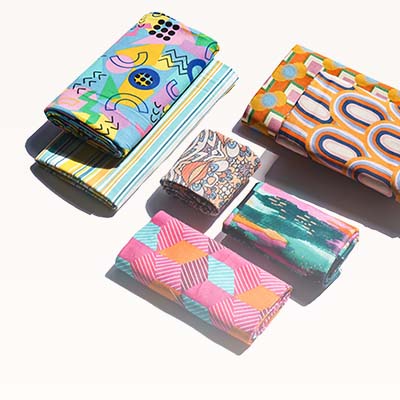
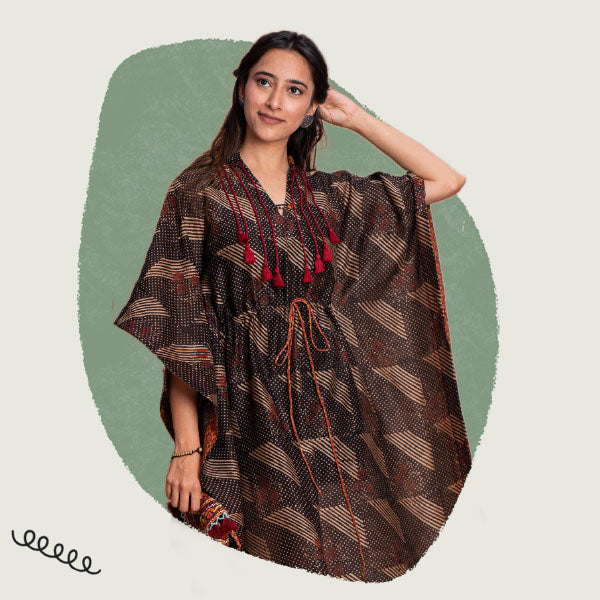
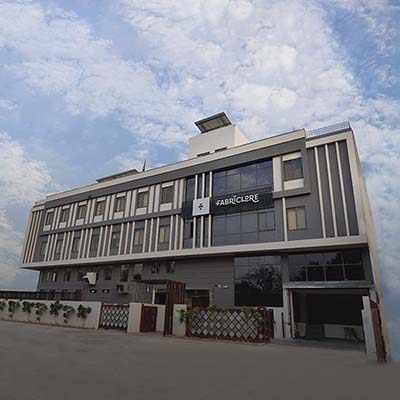
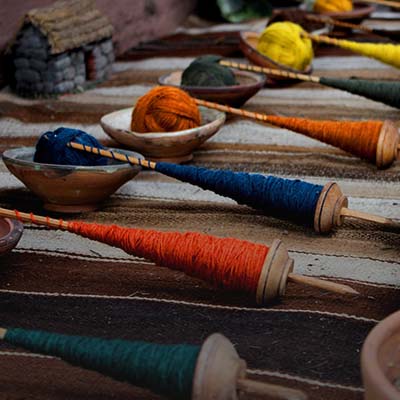



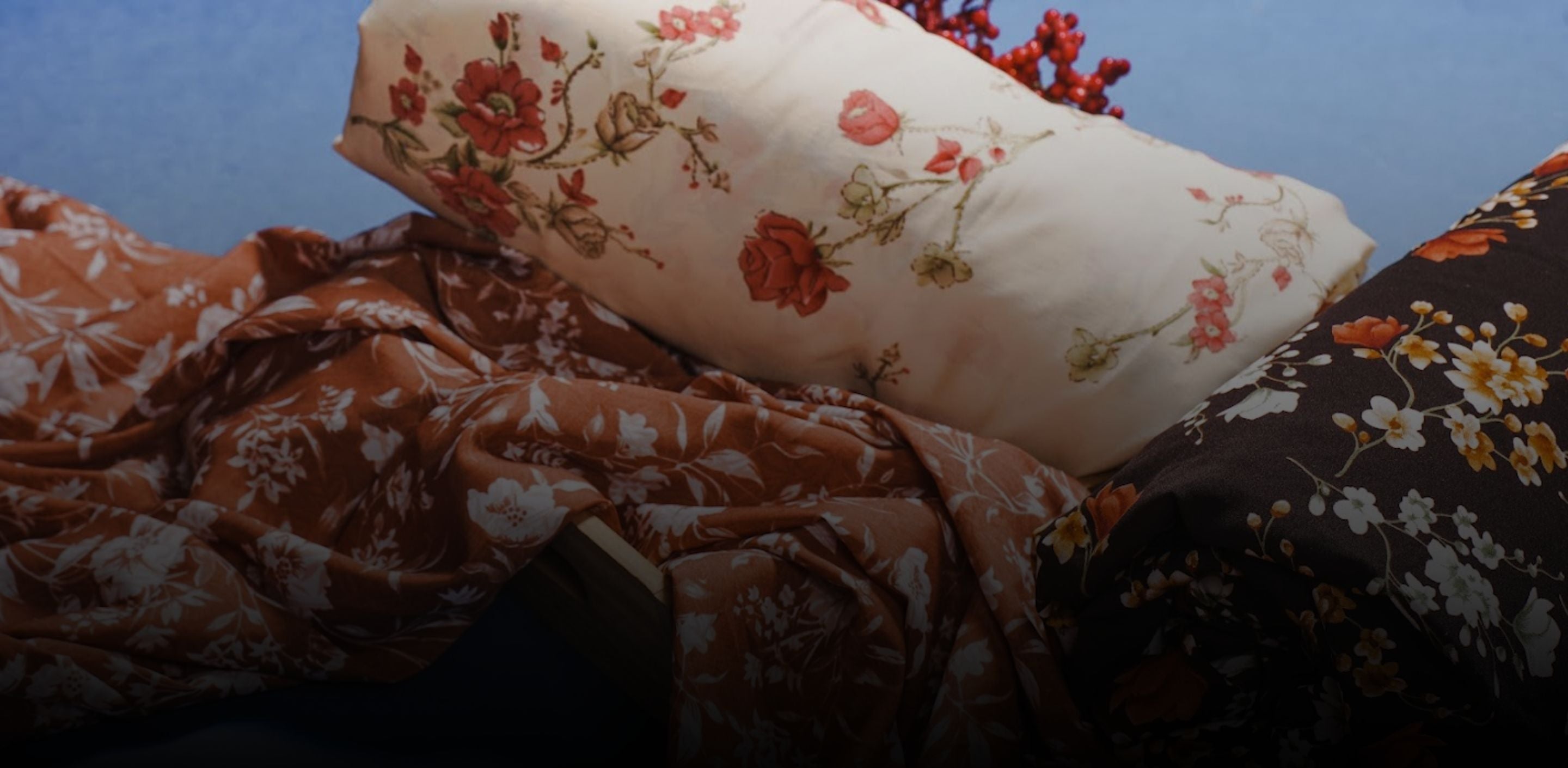

Leave a comment
This site is protected by reCAPTCHA and the Google Privacy Policy and Terms of Service apply.